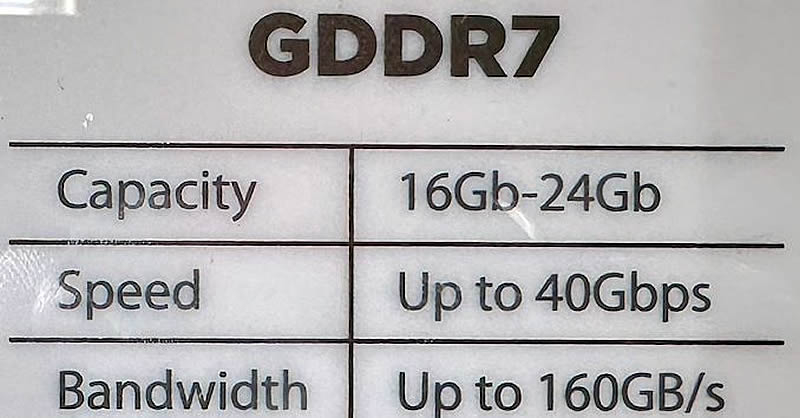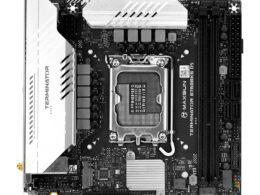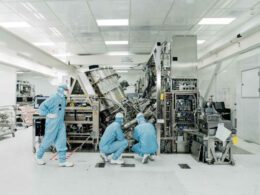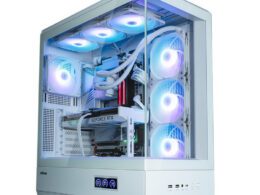Semiconductor market players will start mass-producing Graphics Double Data Rate 7 (GDDR7), a new JEDEC standard memory technology utilized in graphic processors. Consumers eagerly anticipate the release of GDDR7, promising a significant boost to the performance of graphics systems, essential for gaming and high-resource applications.
SK hynix presented its GDDR7 product line at the recent Computex 2024, with mass production commencing in Q1 2025, as reported by AnandTech. This makes SK hynix the last of the “big three” memory manufacturers to start industrial production of the new standard chips.
The South Korean giant is lagging behind its competitors. Samsung has already initiated testing for GDDR7 with aims to commence shipments by the end of 2024, whilst Micron plans to not only kick start production this year, but already deliver the first consignments of chips to partners for incorporation into finished devices.
Therefore, SK hynix risks being nearly a year behind market leaders. However, it’s worth noting that the time of mass production start-up is not critical when using industry memory standards. The main objective is to provide chips to partners for testing and integration into products.
At Computex 2024, SK hynix showcased operational GDDR7 samples and shared plans to release chips with a capacity of 16 Gbit and 24 Gbit with a data transfer rate of up to 40 Gbit/s. It is yet unclear when the more powerful and correspondingly expensive configurations will be ready. Meanwhile, Samsung and Micron will begin with 16 Gbit chips at a 32 Gbit/s speed. Premiering with faster microchips would accord SK hynix a significant competitive edge.

The market awaits GDDR7 rollout with keen interest. The new standard promises substantial performance and bandwidth increase compared to its predecessor. It will enable the creation of more robust graphics cards and graphic processors for high-resource-demand applications like cloud gaming, metaverses, and industrial visualization. The next two years will see vigorous competition for control of this promising product’s market.





